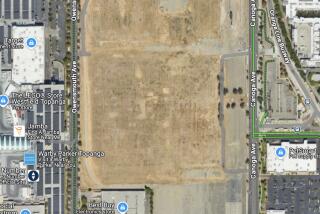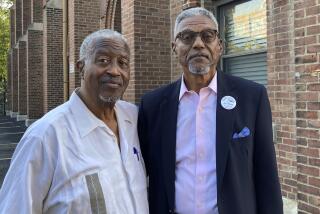Cold War Chemical Drops in Cities Not Toxic, Report Says
- Share via
WASHINGTON — Army experiments in the 1950s and ‘60s intended to determine how biological warfare agents would disperse over populated areas posed no health risk to people exposed to the test chemicals, according to a report issued Wednesday by the independent National Research Council.
The Army dropped zinc cadmium sulfide from airplanes, rooftops and moving vehicles in 33 communities as part of a Cold War program, believing that the compound was not toxic. Zinc cadmium sulfide, a fine fluorescent power, was chosen for the experiments because its particles are similar in size to germs used in biological warfare and its bright green or yellow color under ultraviolet light makes it easy to trace.
Residents in those areas, including Minneapolis; St. Louis; Winnipeg, Canada; Corpus Christi, Texas; and Fort Wayne, Ind., expressed concern about the possibility of health problems when the details of the tests became widely known in recent years. In response, Congress asked the National Research Council--a private organization that studies science and technology issues--to determine whether the compound had any adverse health effects.
Determining the health effects of zinc cadmium sulfide posed difficulties because only limited laboratory research involving the compound has been conducted on animals and no research exists on humans, according to the report. The council used the worst-case scenario to determine the compound’s level of toxins by examining the effects of cadmium, the most toxic chemical in the compound.
High doses of cadmium over extended periods can cause bone and kidney disease and lung cancer but the Army’s experiments used small doses of the chemical over short periods of time, the report found.






